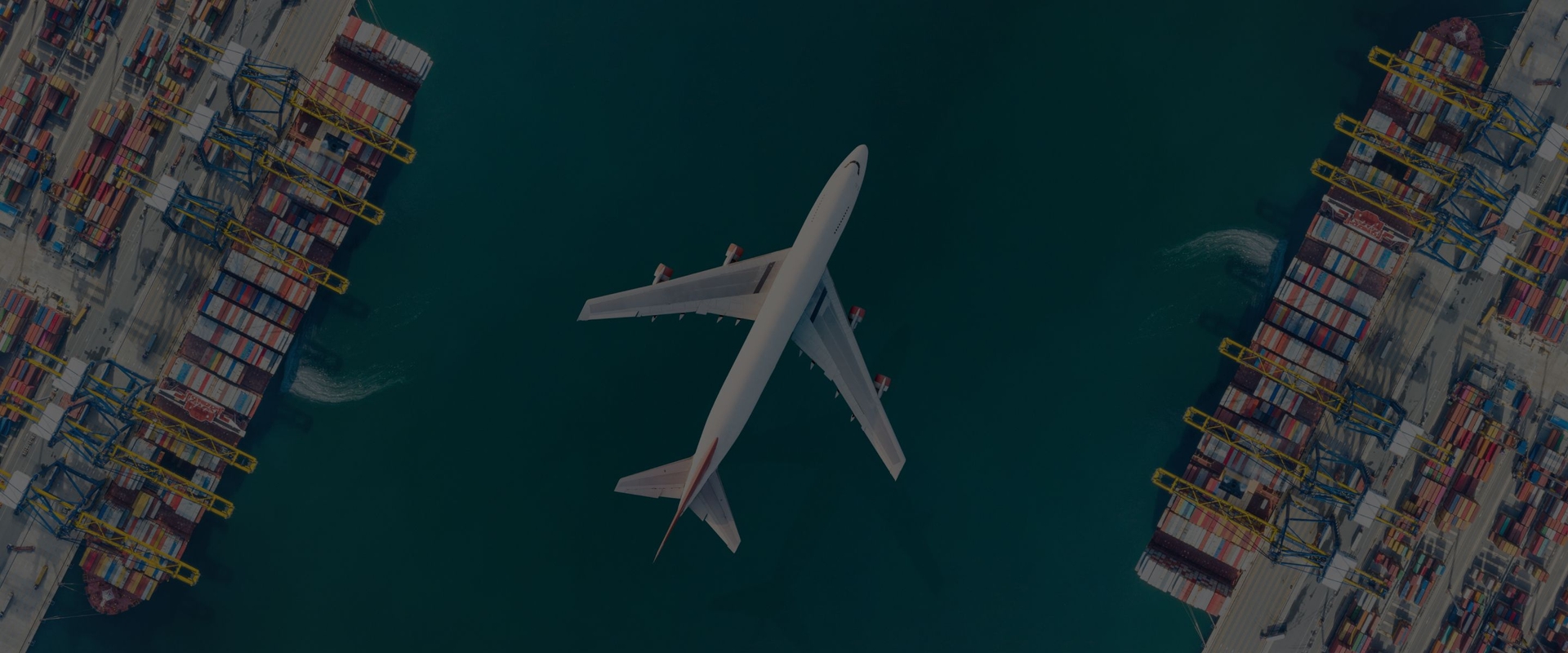
Black Friday 2025: How to Prepare Your Logistics for the Global E-commerce Boom



A Global Peak Season Like No Other
Black Friday and 11.11 (Singles' Day) have become twin powerhouses of global retail. What once began as localized shopping holidays has evolved into an international logistics stress test. In 2025, e-commerce sales are expected to surpass previous records, fueled by cross-border demand, mobile-first consumers, and rising delivery expectations.
This surge brings extraordinary opportunity - and equally extraordinary pressure - on logistics networks. For freight forwarders, online retailers, and supply chain managers, the key to success is early, strategic, and data-driven preparation.
1. Start Early: Strategic Supply Chain Planning
The most successful logistics operations begin months in advance. Peak season preparation should include:
- Demand forecasting and inventory allocation: Use last year's data, marketing plans, and predictive analytics to anticipate SKU-level demand in each market.
- Warehouse readiness: Secure flexible storage capacity near major consumption hubs to minimize fulfillment times.
- Supplier diversification: Relying on a single sourcing country can create bottlenecks during congestion or geopolitical instability. Multi-origin procurement reduces risk and provides agility.
A proactive supply chain plan gives you options when global capacity tightens - and it will.
2. Optimize Your Freight Strategy
In Q4, freight rates and transit times fluctuate rapidly. A smart shipping strategy can help offset volatility:
- Book freight space early: Both ocean and air routes see increased demand weeks before Black Friday. Securing bookings early locks in better rates and guaranteed capacity.
- Leverage multimodal logistics: Combine sea freight for high-volume inventory replenishment with air freight for time-sensitive orders.
- Digital visibility: Use real-time tracking to monitor cargo across transport modes and preempt potential delays.
Efficiency and predictability are just as critical as speed. A balanced transport mix can protect both your margins and your customer promise.
3. Strengthen Your Last-Mile Execution
The final delivery leg defines the customer experience - and your brand reputation.
To stay competitive:
- Build regional fulfillment hubs close to major cities to enable same-day or next-day delivery.
- Partner with local couriers to handle last-mile peaks effectively, especially in countries with complex delivery infrastructures.
- Use dynamic routing and delivery windows to optimize driver utilization and improve customer flexibility.
Last-mile efficiency is no longer optional; it's a brand differentiator.
4. Manage Customs and Cross-Border Complexity
With international orders spiking, customs procedures can become choke points that derail delivery promises.
Simplify and accelerate clearance by working with experts who understand both documentation and local compliance.
Our detailed Customs Clearance guide explains the key paperwork, duties, and processes required to move goods across borders efficiently. Leveraging automated document management and pre-clearance strategies can dramatically reduce dwell times at ports and airports.
5. Embrace Technology for Agility and Visibility
Digitalization isn't just a trend - it's a necessity during peak seasons.
Modern logistics platforms can help you:
- Automate shipment coordination and booking across multiple carriers.
- Use AI-based predictive tools to forecast disruptions and re-route shipments dynamically.
- Consolidate communication between warehouses, freight forwarders, and customs agents in one interface.
Full visibility and control transform reactive logistics into proactive performance.
6. Sustainability Under Pressure
Even amid the chaos of peak season, sustainability remains central. Brands are increasingly judged on their environmental footprint.
Consider using carbon-efficient routes, consolidating loads, and offsetting emissions - all of which can be integrated into digital freight management systems without compromising speed.
7. Turning Chaos into Competitive Advantage
When managed strategically, the global shopping surge can actually strengthen your logistics ecosystem.
Companies that invest in data-driven forecasting, diversified transport modes, and transparent communication will outperform competitors overwhelmed by capacity shortages and shipping delays.
Black Friday 2025 is more than a challenge - it's an opportunity to prove your logistical resilience.
About iContainers
iContainers is a digital freight forwarder helping businesses navigate global logistics with transparency, flexibility, and control.
From ocean and air freight to customs clearance and end-to-end supply chain visibility, we simplify international shipping for the modern e-commerce era.
References
nShift – The State of E-commerce: Black Friday & Peak Season Realities
Peak season is make-or-break for eCommerce; customers expect reliable, flexible, and fast delivery.Forbes – How Retailers Can Win Black Friday 2025 By Starting Now
Explains why proactive logistics and sales planning are essential months before Black Friday.TIACA – E-commerce White Paper
Details the growing influence of cross-border e-commerce on air freight and customs processes.DHL – E-commerce Peak Season Tips to Grow Your Business
Offers strategies for managing shipping surges during high-demand periods like Black Friday.AnyLogic – Master Black Friday with Retail Optimization and Forecasting
Discusses predictive modeling, demand forecasting, and logistics optimization for peak sales events.Kenco Group – 2025 Report: Peak Season Insights
Provides a macro view of logistics trends and e-commerce demand patterns for 2025's peak season.Jillamy – Logistics Under Pressure: Strategies to Handle Peak Season Demand
Outlines tactical approaches for warehousing, carrier management, and fulfillment efficiency.
- 1. A Global Peak Season Like No Other
- 2. Start Early: Strategic Supply Chain Planning
- 3. Optimize Your Freight Strategy
- 4. Strengthen Your Last-Mile Execution
- 5. Manage Customs and Cross-Border Complexity
- 6. Embrace Technology for Agility and Visibility
- 7. Sustainability Under Pressure
- 8. Turning Chaos into Competitive Advantage
- 9. About iContainers
Related Articles


